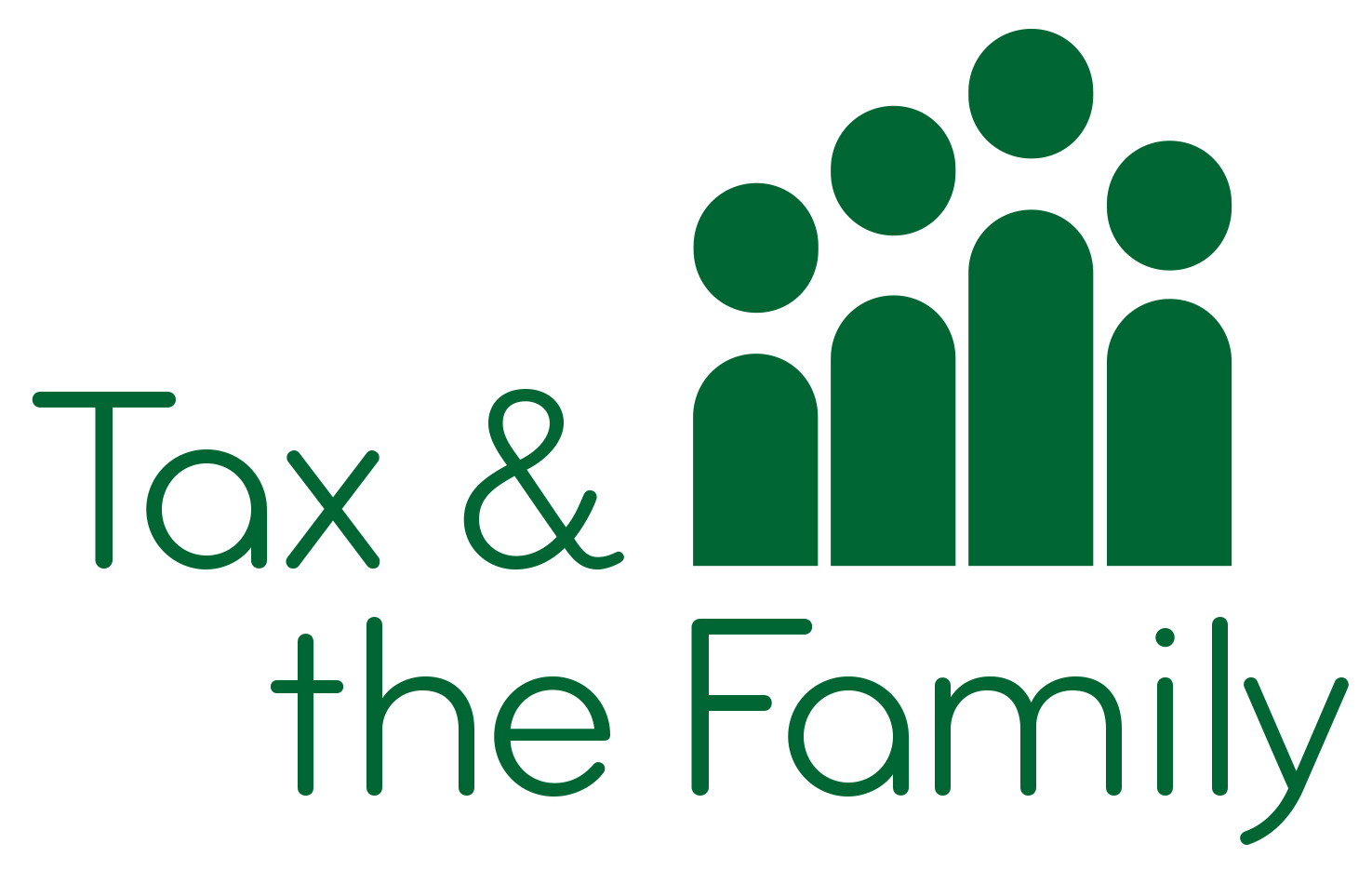Who Bears the Heaviest Tax Burdens?
Pre-tax on its own is poor guides as to how well off people are. Most people live in families. To know how well off people are we need to measure income on a household basis and to take account of the number of adults and children in the household. The unspoken assumption is often made that the “better off’ should bear a heavier share of the tax burden than those who are “worse off”. Most people assume that this is just another way of asking whether most of the benefit goes to with high incomes or those with low incomes. This is not the case. To know who benefits it is essential to know household income and the make-up of the household. The failure to do has results in policies designed to benefit the less well off actually benefiting mainly those who are better off and vice versa.
Although income tax is based on individual income the Government publishes annually an analysis of household income, which dose takes account of family size and composition as well as of incomes. The analysis measures household disposable income – the live a family has to live on after-tax and benefits are taken into account. The latest figures, released in July 2017, are for 2015/16. The Table below shows for various households:
- the net income (after income tax, NICs and benefits) needed to be in the middle of the income distribution, allowing for family size and composition i.e. the income point at which 50% of the population will be “better off’, with a higher standard of living than the rest of the population and half worse off i.e. with a lower standard of living than the rest of the population;
- the corresponding gross income required;
- the income tax that would have been paid.
Households in the Middle of the Income Distribution
“In 2015/16, a one-earner couple with two children would have needed more than twice the gross income of a single person to enjoy the same standard of living.”
In 2015/16, a one-earner couple with two children would have needed more than twice the gross income of a single person to enjoy the same standard of living, and would have paid more than three times the amount of income tax, including some paid at the higher rate. That is 50% more tax than paid by a one-earner couple without children. A single person with two children would have paid almost twice as much tax as a single person without children. Almost 60% of families have incomes, which put them in the poorer half of the population.
Although the figures will be different in 2017/18, the picture will be much the same. Families will need even higher gross incomes when housing costs are taken into account. It should be no surprise that many working families feel that the system does not work for them.
“The problem is that it is almost impossible to focus tax cuts on taxpayers in the bottom half of the population so long as income tax disregards the family unit. Most households with children will be in the bottom half of the income distribution.”
One recent example of the failure to take account of household income has been that increases in the personal allowance have overwhelmingly benefited taxpayers in the top half of the income distribution. The IFS pointed out before the 2010 election that the proposal to increase the personal allowance to £10,000 and which became an agreed policy of the Coalition Government benefited mainly taxpayers who were already in the top half of the income distribution. Of course, income tax cuts an never benefit those in the lower deciles of the income distribution who pay no income tax. However, this does not explain why among those who do pay tax, those in the bottom half of the income distribution should benefit less from threshold increases than taxpayers in the top half. The problem is that it is almost impossible to focus tax cuts on taxpayers in the bottom half of the population so long as income tax disregards the family unit. Most households with children will be in the bottom half of the income distribution.
Another example has been the High Income Child Benefit Charge. When this was announced, both the Chancellor of the Exchequer said that the charge would only affect people in the top 15% of the income distribution and the Prime Minister said that it applied only to the wealthiest 15% of families. Draper and Beighton pointed out that families in the bottom half of the income distribution were being caught whereas other families who were in the top 15% escaped.
A major argument for introducing some form of joint taxation is that it would enable both tax cuts and tax increases to be better focused.
To find out where you fit in go to the link below:
https://www.ifs.org.uk/wheredoyoufitin/
